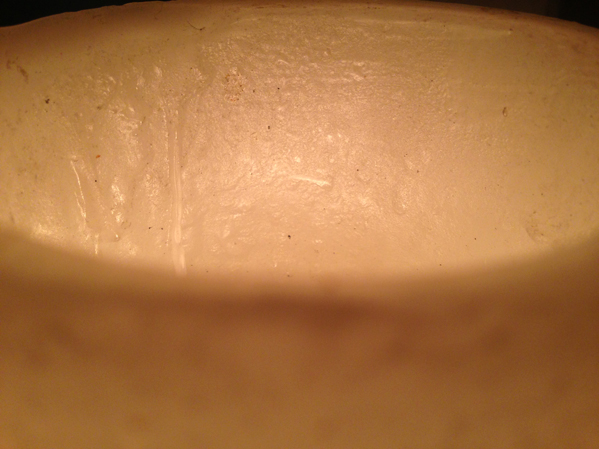
Mindfulness
Step By Step Guide To Being More Mindful
Learning about psychology and philosophy gets pretty theoretical and the experience can start to feel meaningless when ideas are divorced from concrete reality. We place a lot of importance on the philosophical dimensions of mindfulness but want to present a practical step by step guide here for how to go about implementing the mindful attitude in your daily life, and we provide several links that will expand upon ideas to broaden your philosophical understanding if you want to learn more.
Step 1: Clear out the clutter.
Make sure your living space and work space are both free of clutter and try to keep them clean. After some time, the actual act of cleaning can be an exercise in mindfulness. But until then do yourself a favor and make your practice easier by making your environment one where calm, focus, and ease are attainable. Clutter makes a big difference because you are receiving so many more stimuli from your environment and your brain has to process all of them, where the mindful attitude is focusing on just one thing. Turn off any background noises that are on all the time, like television or the radio. Eventually you can watch television mindfully or listen to music mindfully, but when starting out you want to eliminate as many external distractions as possible.
Step 2: Let go of the notion that mindfulness means silent meditation wrapped up in the shape of a pretzel while sitting on a mat.
Most of us in the West have this strange idea that if we are not monks then the practice of mindfulness is out of our reach. We can’t envision ourselves sitting silently in a meditative pose. But you can choose literally anything and do it mindfully. What is important is your relationship to this thing. The mindful attitude is one where you are 100% present and focused on whatever your object of interest is. This could be your breathing, reading a book, doing the laundry, drinking tea, jogging, or any other activity you can think of.
Step 3: Focus on your breathing.
Breathing is one of the best and easiest ways to come to the present moment. Whatever it is you are trying to be mindful about, if you can make your breathing slow and rhythmic (we recommend Ujjayi), you will be throwing out an anchor that brings you to the moment, increases your concentration, and lowers your stress.
Step 4: Choose a few activities that you will always try to do mindfully
Being 100% present all the time is impossible, whoever you are, and when you are first starting out it can feel overwhelming. You might be tempted to give up because you’re not seeing any results or because you feel frustrated. Choose one or two activities that you do often and try to make them the center of your practice. One we really like is walking meditation because there are usually multiple chances to practice every day. The point is that you don’t have to be mindful at everything you are doing to consider your new practice a success. Just focus in on a few activities and stick with doing them mindfully.
Step 5: Expand your mindful attitude to include more and more activities.
Once you get the hang of it, it’s simply a question of bringing the same attitude to everything you do. Don’t get down on yourself when you fail and make sure to congratulate yourself when you succeed. The global attitude of mindfulness is really the ability to be fully present in specific instances, so the more activities you can do mindfully during the day the closer you will be to the ultimate goal.




